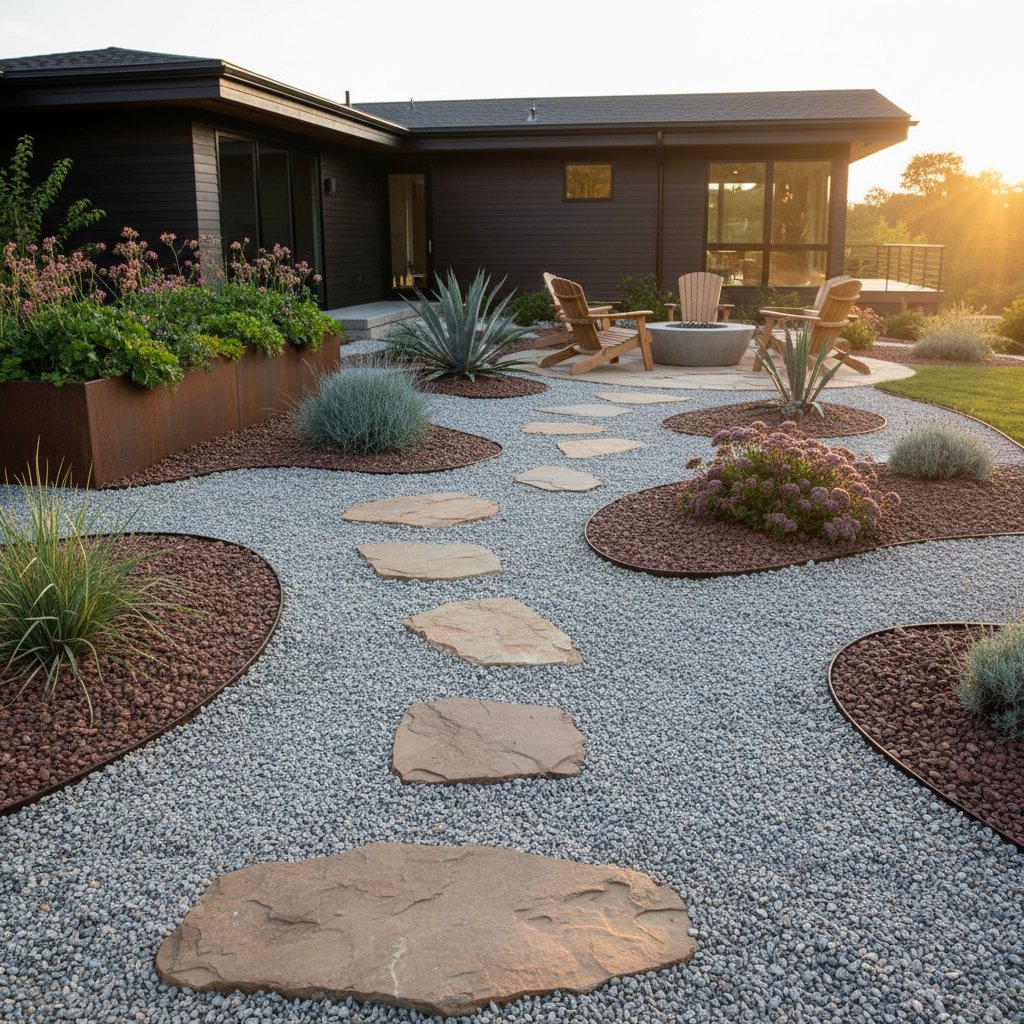Align with Lunar Cycles for Superior Garden Yields in 2025
Gardening in harmony with the moon offers a timeless approach to cultivation. Ancient farmers relied on lunar observations to time their activities, long before modern tools existed. Today, this method provides structure and tranquility, grounded in how plants interact with gravity, moisture, and light influenced by the moon.
Lunar planting synchronizes garden tasks with natural environmental shifts. By following these cycles, gardeners can promote healthier development and greater productivity. For 2025, adopting a moon-based schedule helps maximize harvests while fostering a deeper connection to the land.
The New Moon Phase: Ideal for Root and Leaf Development
The new moon marks a period of inward energy, with gravitational forces pulling moisture toward the soil surface. This environment supports seeds and roots, encouraging strong establishment below ground. Crops focused on foliage or tubers flourish here, as the dark skies promote steady, unseen progress.
Key activities during the new moon include:
- Sowing seeds for above-ground producers like lettuce, kale, peas, and herbs such as parsley and cilantro.
- Transplanting seedlings that require robust root systems, including onions and potatoes.
- Preparing soil beds with light mulching to retain the upward moisture flow.
Gardeners often report faster germination rates in this phase. The subtle energy allows plants to focus on foundational growth without the distraction of intense light. Begin your season with these plantings to set a strong base for the year.
The Waxing Moon: Building Momentum for Growth
As the moon waxes from new to full, energy rises gradually. Increased light and gravitational pull draw nutrients upward, benefiting stems and leaves. This quarter suits planting that demands vigorous vegetative expansion.
Recommended practices:
- Plant beans, tomatoes, and peppers, which respond well to the building sap flow.
- Apply balanced fertilizers to support the upward movement of minerals.
- Thin seedlings to prevent overcrowding, allowing stronger plants to emerge.
This phase bridges quiet beginnings and peak activity. Plants absorb resources efficiently, leading to denser foliage and healthier structures. Track these plantings in your journal to note improvements in vigor.
The Full Moon Phase: Peak Energy for Fruiting and Harvest
The full moon brings maximum illumination and gravitational strength. Moisture and sap rise to their highest levels, energizing fruits, flowers, and seeds. This time excels for crops that bear above ground and for gathering mature produce.
During the full moon:
- Sow or transplant fruiting varieties like squash, zucchini, strawberries, and sunflowers.
- Harvest ripe vegetables and fruits, as flavors and nutrients peak under the bright light.
- Perform light weeding or staking, but delay heavy pruning to avoid excessive sap loss.
The abundance of this phase mirrors the garden's potential. Full moonlight enhances photosynthesis remnants, contributing to fuller yields. Use this period to celebrate progress and plan expansions.
The Waning Moon: Focus on Roots and Rest
After the full moon, the waning phase shifts energy downward. Gravity eases, directing moisture deeper into the soil, which favors root crops and soil-building tasks. This is a time for consolidation and preparation.
Effective actions:
- Plant bulbs, carrots, beets, and garlic for strong root development.
- Till or amend soil to improve drainage and nutrient retention.
- Apply root-zone fertilizers or compost to nourish subsurface growth.
The waning moon encourages reflection and recovery. Plants strengthen their foundations, preparing for the next cycle. This phase also reduces pest activity in some observations, offering a calmer maintenance window.
Create and Use a Lunar Planting Calendar for 2025
A lunar calendar outlines moon phases alongside suitable gardening tasks. Print one or sketch it in a notebook, marking dates for new, first quarter, full, and last quarter moons. For 2025, note that the year begins with a new moon on January 29, setting an early tone for planning.
Steps to implement:
- Locate phase dates using a reliable almanac or app, focusing on your time zone.
- Assign tasks based on crop types: above-ground during waxing, below-ground during waning.
- Review weekly, adjusting for weather or regional variations.
Personalize the calendar with past successes. For instance, if your region experiences wet springs, shift water-sensitive plantings to drier waning periods. This tool transforms abstract cycles into a practical roadmap.
Track and Refine Through Garden Observations
Every garden responds uniquely to lunar influences, shaped by factors like soil pH, sunlight hours, and rainfall. Maintain a journal to log details and discern patterns over seasons.
Useful tracking methods:
- Date each planting or harvest alongside the moon phase.
- Measure growth metrics, such as height at two weeks or yield per plant.
- Note environmental shifts, including how lunar tides affect local water tables.
Consistent recording reveals insights, like quicker sprouting for greens in waxing phases. Adjust techniques accordingly, such as increasing seed depth in sandy soils during new moons. This practice elevates gardening from routine to informed artistry.
Integrate Lunar Methods with Modern Practices
Lunar planting complements scientific gardening without replacing it. Research shows tidal forces subtly affect plant sap flow, while light cycles regulate hormones. Combine these with soil testing and companion planting for comprehensive care.
Benefits include reduced chemical needs through natural timing and improved stress resistance. Skeptics may view it as coincidental, yet empirical results from dedicated users affirm its value. Approach it as an enhancement to evidence-based methods.
Cultivate a Lasting Lunar Routine
Embracing moon phases reshapes your gardening mindset toward patience and attunement. Tasks align with natural ebbs and flows, reducing burnout and enhancing satisfaction.
To begin:
- Select three crops for lunar timing in early 2025, comparing them to standard plantings.
- Set reminders for phase transitions to stay engaged.
- Share observations with local groups to exchange regional tips.
This integration builds resilience in your garden and confidence in your skills. Higher yields follow naturally, alongside a profound appreciation for seasonal rhythms. Start observing the sky tonight and watch your garden thrive.



